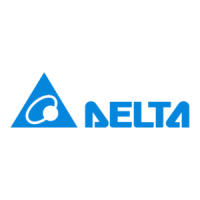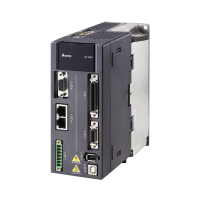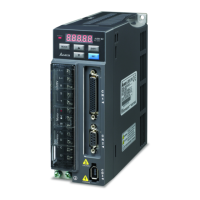Chapter 9 Troubleshooting
9-7
SYSTEM
System status of the CPU module
ON: The external input/output is forced ON/OFF.
OFF: The system is in the default status.
Blinking: The CPU module is being reset./The retained values in the devices are being
cleared .
Module
RUN
Operating status of the motion CPU functioning as a motion module
ON: The user program is being executed.
OFF: The execution of the user program stops.
Blinking: The motion module runs in debug mode.
ERROR
Error status of the motion CPU functioning as a motion module
ON: A serious error occurs in the module.
OFF: The system is normal.
Blinking: A slight error occurs in the module.
9.2.1. AHxxEMC-5A
After a program is written into an AH Motion Controller series CPU, the ERROR LED indicator will blink and an error flag
will be ON if an error occurs in main program or amotion subroutine. The reason for the error occurring in the main
program or amotion subroutine may be that the use of operands (devices) is incorrect, syntax is incorrect, or the setting of
motion parameters is incorrect. You can know the reasons for the errors occurring in an AH Motion Controller series CPU
by means of the error codes (hexadecimal codes) stored in error registers.
Error flags and registers:
SM*: Special auxiliary relay
SR*: Special data register
POU
mn=10~41
(10: 1
st
axis; 41: 32
nd
axis)
The operation error is locked
Syntax (Instruction/Operand)
SM5 -
Operation error address
SR1/SR2 -
SR4 ARmn41
Syntax check error address
SR5/SR6 -
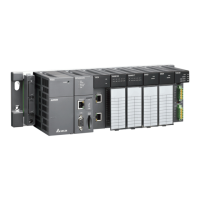
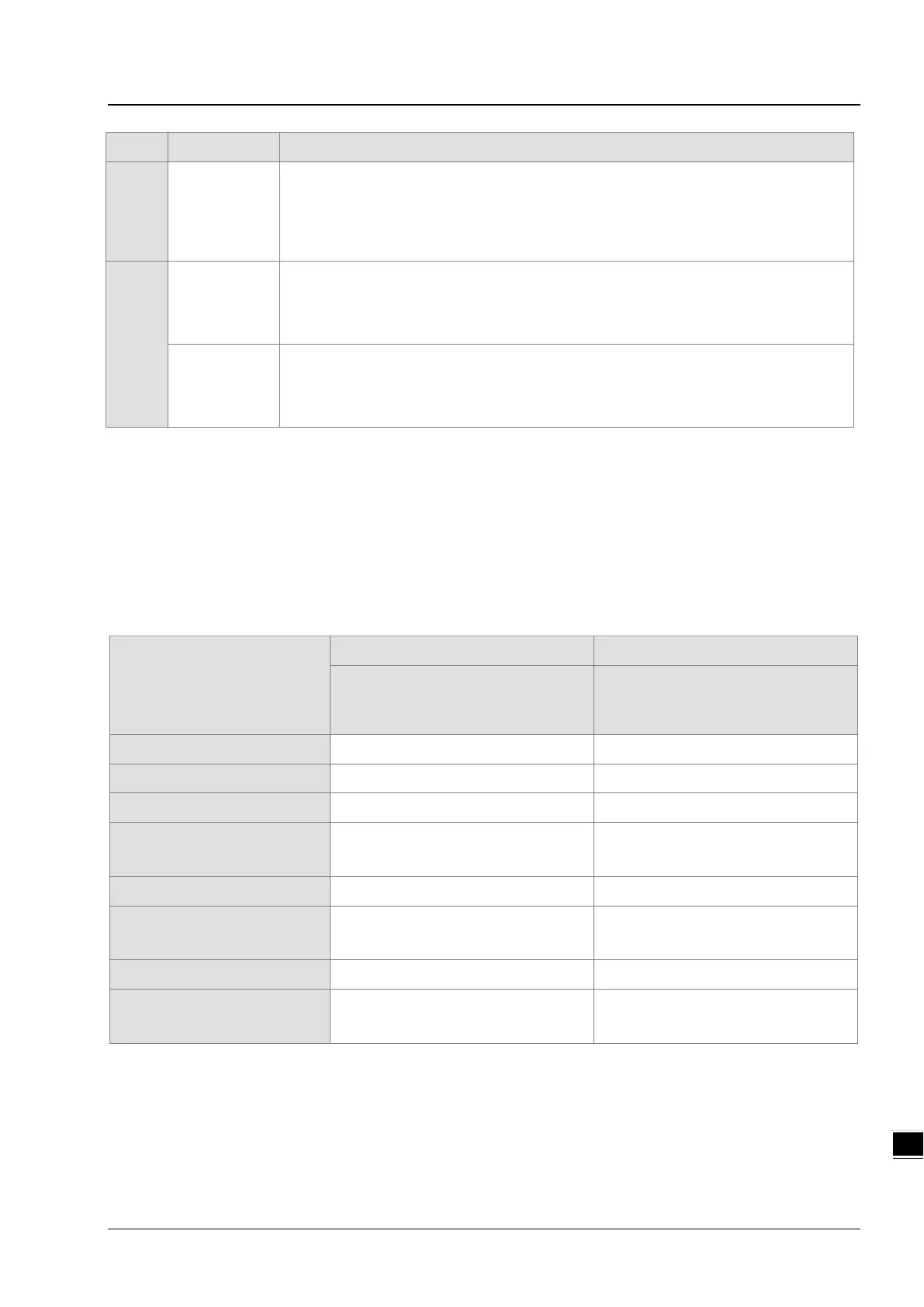